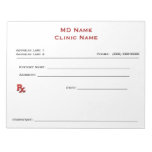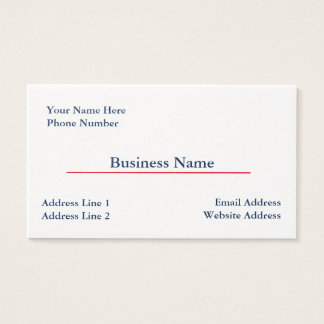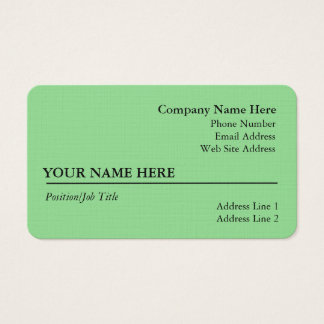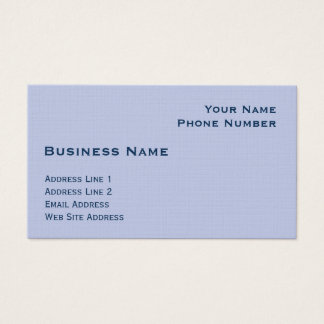“It’s important to understand what technology you have available that you are not optimizing,” said Lucy Zielinski, vice president of The Camden Group, a Los Angeles-based healthcare business advisory firm. “I often find that practices already have the bells and whistles built into their systems, but they are not using them effectively.”
EHR and practice management systems used to be separate entities but most systems now integrate clinical and billing functions, said Derek Kosiorek, a principal consultant with the Englewood, Colo.-based Medical Group Management Association. Most of an office’s technology tools are now contained within its EHR system, which has become the central platform that ties everything together.
“Some offices are still using their EHRs as an emulation of paper,” said Kosiorek. “But it is actually a way to leverage clinical and financial information as opposed to just documenting it.”
While there are myriad technology features and add-ons that can help optimize workflow and bring in payments, a few are becoming essential to revenue cycle efficiency, Kosiorek and Zielinski both said. Start at the front desk with these five tools that leverage the capabilities of your system:
Insurance verification. Traditionally, administrative staff would call the insurer or go online to verify a patient’s insurance information, but they can now use real-time verification software. Although there may be a fee to create an interface between your EHR and the verification service, said Kosiorek, “look at that cost as an investment offset by the hours your staff would have spent manually entering information.”
Price estimators. Patients facing high deductibles are shopping around before booking procedures, noted Zielinski. An estimator tool, along with your EHR, can help search for the lowest cost for a procedure, such as a colonoscopy, and generates a final estimate that incorporates the patient’s copay and deductible.
Credit card on file. Storing patients’ credit card information is a much more efficient and cost-effective way to collect than sending out statements and waiting for checks to arrive by mail, said Zilienski. Patients agree to have their card information stored securely via a payment processing service and are automatically charged after the claim has been finalized, making it much more likely that you will receive timely payments.
Electronic check-in. Similar to the airline industry, medical offices are streamlining the check-in process by installing electronic kiosks or handheld tablets in the waiting area that allow patients to self-register as well as view and submit payment information. The tools reduce data input errors and aid collections by prompting patients to swipe their credit cards to take care of any copayments or outstanding balances on the spot. Note that business owners must be prepared to accommodate Europay, MasterCard, and Visa (EMV) — or chip card technology — by October 2015.
Patient portals. Patient portal software not only offers patients secure online access to their records, but it also makes it easier for the practice to update patient profiles, send reminders, and collect payments. “Having patients communicate directly with the care team is a huge step in improving the accuracy of information in your records,” said Kosiorek. “I believe portal use will skyrocket over the next few years — it is the new front door to your practice.”









/MissionStatement2-57a3026f5f9b589aa9baf8b2.jpg)
/MissionStatement-56a82f905f9b58b7d0f16209.jpg)
/shoestorewomen-56a82f955f9b58b7d0f1622e.jpg)
/MissionStatement4-56a82f915f9b58b7d0f16217.jpg)














